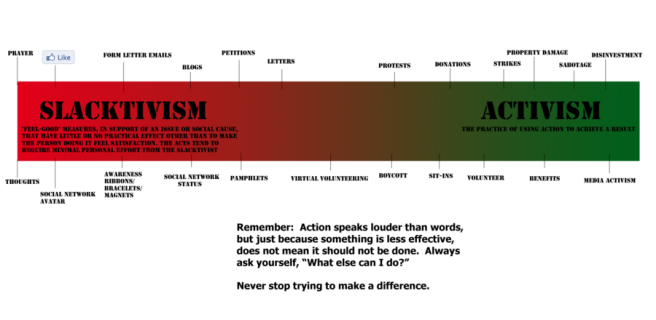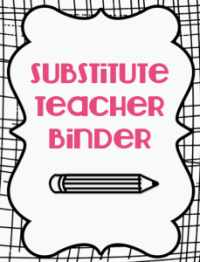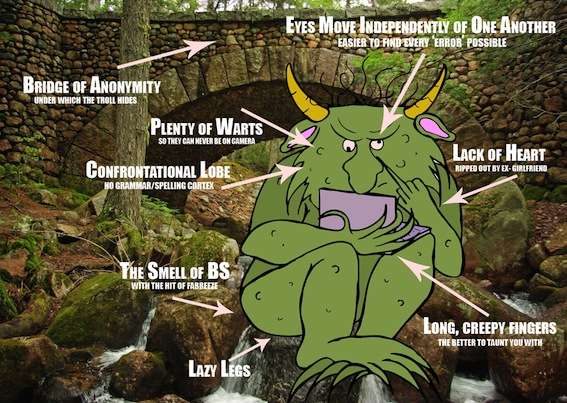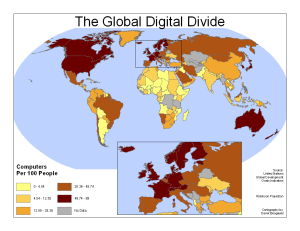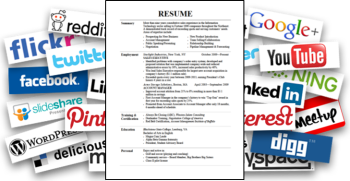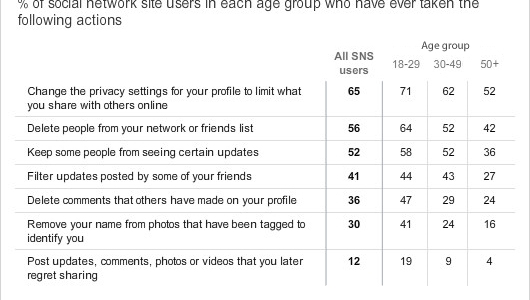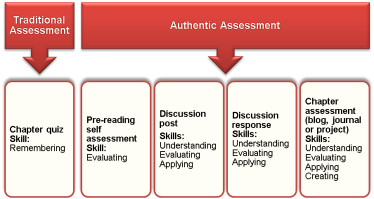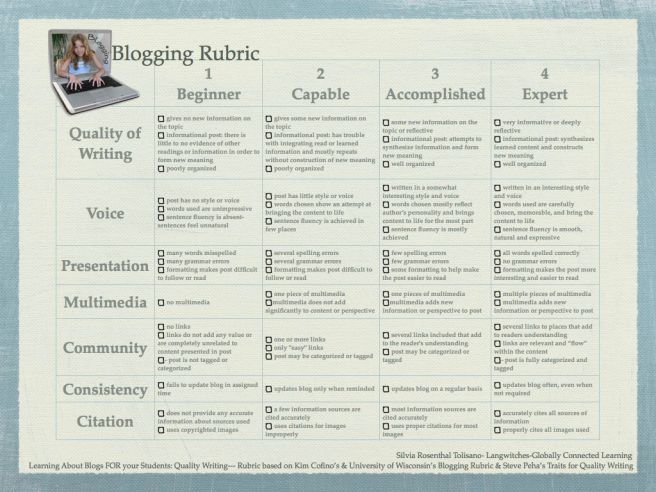My learning project has come to an end, but the learning will continue. This semester I stepped out of my comfort zone taking EC & I 831 with the motivation that I would learn more about the digital world and social media, while connecting education to it in a positive way. I believe that I have been successful. This project has come to an end, but my mind is still spinning with ways that I might integrate various technology and digital pedagogical approaches into future courses. I’m excited about that.
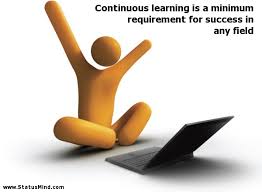
For about three months I have engaged in digital education for myself and with my students. Although very tech savvy when it comes to using social media for peer interactions, my students have had little exposure to digital/ networked learning and using social media tools as a way to engage with and learn from others. This project allowed me to engage with them about digital identities, digital citizenship, and how networked learning and open educational resources are changing the face of education.
My EC& I project posts trace the steps that we went through, piloting this process for the first time. I exposed my students not only to the challenges we face in a digital world, but how to navigate forward using it as a learning interface. As I’ve said before, it is not just about the ephemeral and day-to-day social conversations (well that’s part of it) between friends and peers, but it is also about making schools and the learning that happens in our classrooms more engaging and applicable to our lives.
My students learned the basics of WordPress and how to blog. They also learned about PLE’s, organizational tools such as Symbaloo, and how to build a learning network where they can support one another. This was a challenging project for many as it is a different way to learn and often technical difficulties (dead laptop batteries, low bandwidth, filters) hampered our efforts. However, as we worked through those issues we gained momentum. Some students still have a long ways to go in their digital citizenship and writing, but this is an evolutionary process that takes time and comes with more exposure and understanding of the digital world.
As we wrapped up our final posts, I had all students from both classes record audio or video responses to some scripted questions. Although the questions were scripted, they were only given a few minutes to think about the questions to allow their answers to be as spontaneous and genuine as possible. Here is a sample audio recording of one group’s take on our learning project. The questions and recordings were done by a substitute teacher to encourage them to be frank in their responses to me:
Listening to the audio and video recordings, there were several different suggestions that I will consider for the future in adjusting digital learning with my students. Some students were polar opposite in their suggestions of what they liked, did not like or what they would change. However, there were some common themes and a few key suggestions that I found very helpful:
- students liked ability to share with others to ask questions or find answers from others
- learning new technology can be challenging- although you’re using a computer, sometimes it is helpful to close your screen and just watch the teacher so you do not get distracted (speaking to the choir here, right!)
- some found WordPress easy to use, while others wondered if there was an easier program- something for me to consider for future student blogs
- many felt it helped them improve their writing
- many did not like having the topics so open ended- they wanted direction on a topic or choice of topics to write about
- many saw potential in blogging in other areas including science labs, ELA writing, math problem-solving, and in sports or travel
- digital citizenship and education is important
- liked establishing a PLE and PLN
The responses helped me to gain insight into the challenges of the project from a student perspective, but also allowed the students to think through what they had learned or accomplished in such a short time. Their reflections have given me much to think about as I close this project and think about ways to engage in digital learning with future classes. I know that the PAA 8 Learning Project blog will serve me well as a starting point to introduce future students to. I have many resources and ideas through out the class posts that I will be able to modify or expand upon. I look forward to the next learning project, but also to using what I have learned to make digital learning just a natural component of my classroom and everyday learning as a professional and individual. Learning projects end, but learning networks continue.

